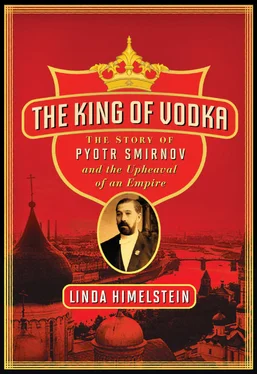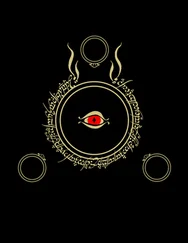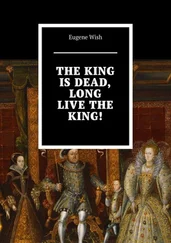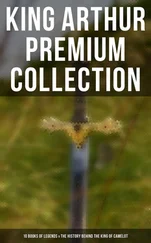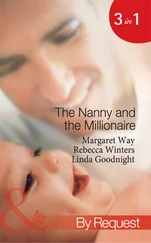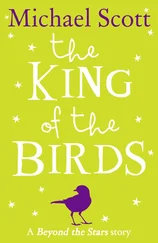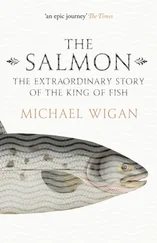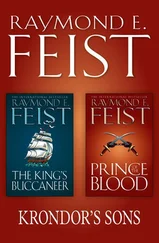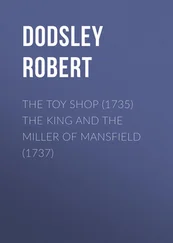Once back outside, Pyotr took in the grandness of it all. A new world lay ahead of him.
MOSCOW WAS STILL forty-five miles away so the duo needed to get another early start the next morning. If they could keep up their pace, they thought they might reach Moscow within three days. The road stretched out before them, lined with pine forests and more fields of rye. Before long, the scenery changed to birch groves and ravines. If they listened closely, they could hear the two-note calls of the cuckoos.
The next two days passed slowly. On day ten of the journey, the paths closer to Moscow ceased to be flat and silent. They almost heaved, so intense was the motion. The noise was just as fierce, buzzing softly one moment and then almost booming the next, as people flowed to and fro. The commotion hypnotized the village boy. Travelers darted about him as well as peasants who made their living catering to Moscow’s comings and goings. They lived along the road, between the numerous pubs and teahouses, selling random goods. They traded religious trinkets, tobacco, and food. Here, customers were plentiful. Scores of Muscovites joined the transients by riding outside the city’s boundaries to buy cheaper vodka at the border pubs.
Pyotr had to be careful to avoid getting trampled by the carriages and coaches that thundered by. He stayed close to the road’s edge, keeping his eyes fixed in the direction of Moscow. He thought about his mother and father and the life that had been. More often, though, the serf from Kayurovo dreamed of the life still yet to be discovered. Now, he could even smell it.
Factory chimneys set up outside the city skirts of Moscow burped black smoke. This scent was mixed with the odors coming from the blacksmith shops, where coal gas burned constantly. And then there was the most powerful stench: sewage. The city’s population had exploded in the last three decades adding some eighty thousand new residents and countless other migrants. By the 1840s, 300,000 people lived in Moscow, forcing the city to cope with a sea of new bodies and their refuse. 1Strings of these sewage-laden carts lined the streets, hauling away what they could. Uncovered, their contents often spilled out onto the uneven dirt roads, forming pools of waste. Some pedestrians wore rubber boots to wade through these cesspools. A local newspaper remarked on the situation: “Moscow is filled up in the inside and covered from the outside with sewage.” 2
The sour air did little to hamper Pyotr’s enthusiasm. Just ahead of him was one of eighteen gates marking the official entrances to Moscow. He and Venedikt would pass through the Krestovskaya Zastava gates, joining the more than five thousand others who came through them daily in summer. Initially, the gates had been erected to collect custom taxes and register visitors. But the tax function ended in 1754, and it no longer made sense to log everybody coming through. Many travelers offered fake names or counterfeit passports anyway, making it almost impossible to verify identities. Officials, then, did a mere visual check of a person’s credentials.
In the distance, Pyotr would have spied the two stone obelisks that framed the city’s gate—each about the height of three grown men. Atop both obelisks perched a two-headed eagle, the state emblem. A stone fence continued out from the obelisks, encasing two yellow houses. A booth sat nearby, too, the place for officers, soldiers, or guardians to mind the gate. Supposedly no one could pass through without one of the officials lifting a black-and-white wooden stick that ran the length of the obelisks, but of course, anyone could get by if they really wanted to. The stick was easily bypassed and the guards often too preoccupied with playing cards or chewing tobacco to notice someone slipping through.
Pyotr had no intention of slipping through. He had no need. A typical exchange between guards and new entrants was perfunctory, nonthreatening. Few words were uttered, as a guard usually inquired of a newcomer like Pyotr: “Who are you?” Obediently, Pyotr would have presented his passport and replied: “I am Pyotr Smirnov, a peasant from Yaroslavl.” It probably took less than twenty seconds from the time Pyotr met the guard to the time he and Venedikt passed through the gates and into Moscow.
They headed directly to Varvarka Street, the home of his uncle Ivan, brother Yakov, and a handful of cousins and other relatives. They would not have wanted to dally, for although Moscow was beginning to change, to modernize, it was still a place of strict laws and rules. A general-governor, appointed by the tsar, controlled the city; his henchmen enforced a seemingly endless list of arbitrary prohibitions, including smoking on the streets, beards or mustaches worn by government officials, and long hair on male students. The long hair was considered revolutionary, something only done by “free thinkers” who opposed the existing social and political order. Failure to comply with any of these so-called laws, which varied somewhat from city to city, could result in severe penalties.
Pyotr was probably unfamiliar with Moscow’s rigid customs. And although Venedikt had been to the big city before, they likely decided to get to Ivan’s place quickly. They did not want to get caught in Moscow’s nighttime. Street lighting, what little there was, was primitive. Lamps illuminated with naphtha, a colorless liquid derived from petroleum, were fixed atop clumsy, gray-colored wooden pillars that appeared sporadically on the streets, offering only a dim light. Once the sun went down, pockets of the city were shrouded in a dense, ominous darkness.
Varvarka was a snake of a street. It was one of three that began to unwind just beyond the Moscow River and to the east of Red Square. It was sandwiched between a bustling and important trading center, Gostiniy Dvor, and one of Moscow’s crammed Jewish hubs, Zaryadye . Gostiniy Dvor, meaning Guest Yard, featured a three-floored building containing warehouses and almost eight hundred small shops. Thousands of buyers and sellers came here daily to trade goods, wandering the long, narrow trading aisles, each dedicated to product lines ranging from saddles to cloth to religious icons. On the other side, Zaryadye (“behind the rows”) was thick with crowds of Orthodox Jews wandering around its narrow, curved lanes. The segregated neighborhood was considered a slum, low and gray, and the people who lived there, it was rumored, mainly traded stolen goods.
In the middle of this eclectic setting was bustling Varvarka, a dirt-covered street. Varvarka, which was named after a cathedral built to honor St. Varvara, was ancient, almost medieval. Five churches, marked by golden domes and tall belfries, dominated the landscape of the street as well as its tenor. The neighborhood was a haven for Russia’s entrenched religious traditions and old beliefs. Residents here, many of whom were serfs, ex-serfs, merchants, or artisans, prayed daily and led simple, devout lives. Their homes, scattered between shops that sold groceries, spices, and wax, were unadorned and made of stone. Their clothes were plain; many men wore long black kaftans and beards instead of more stylish European garments of the more progressive, clean-shaven, educated classes.
There were two exceptions to the street’s modesty. The first was located at No. 10 Varvarka Street. [9] The modern address is given here. It was different in the nineteenth century.
In the sixteenth century, the building had belonged to the grandfather of Russia’s first Romanov tsar. The house, or palace, had been restored two centuries later and turned into a museum devoted to the Romanov Boyars. [10] Boyar is an old term referring to a member of the Russian aristocracy.
Ivan’s home was just a few paces from it. The second, even more notable exception, was the litter of cellars and shops making or peddling grape wines, beer, and vodka. These establishments, including the one Ivan operated, were generally situated directly under or next to Orthodox churches. Ivan’s wine cellar butted up against the small parish church of St. Maksim the Confessor. The church, as it turned out, was also Ivan’s landlord. The resident clergy, along with his family, were his housemates.
Читать дальше
